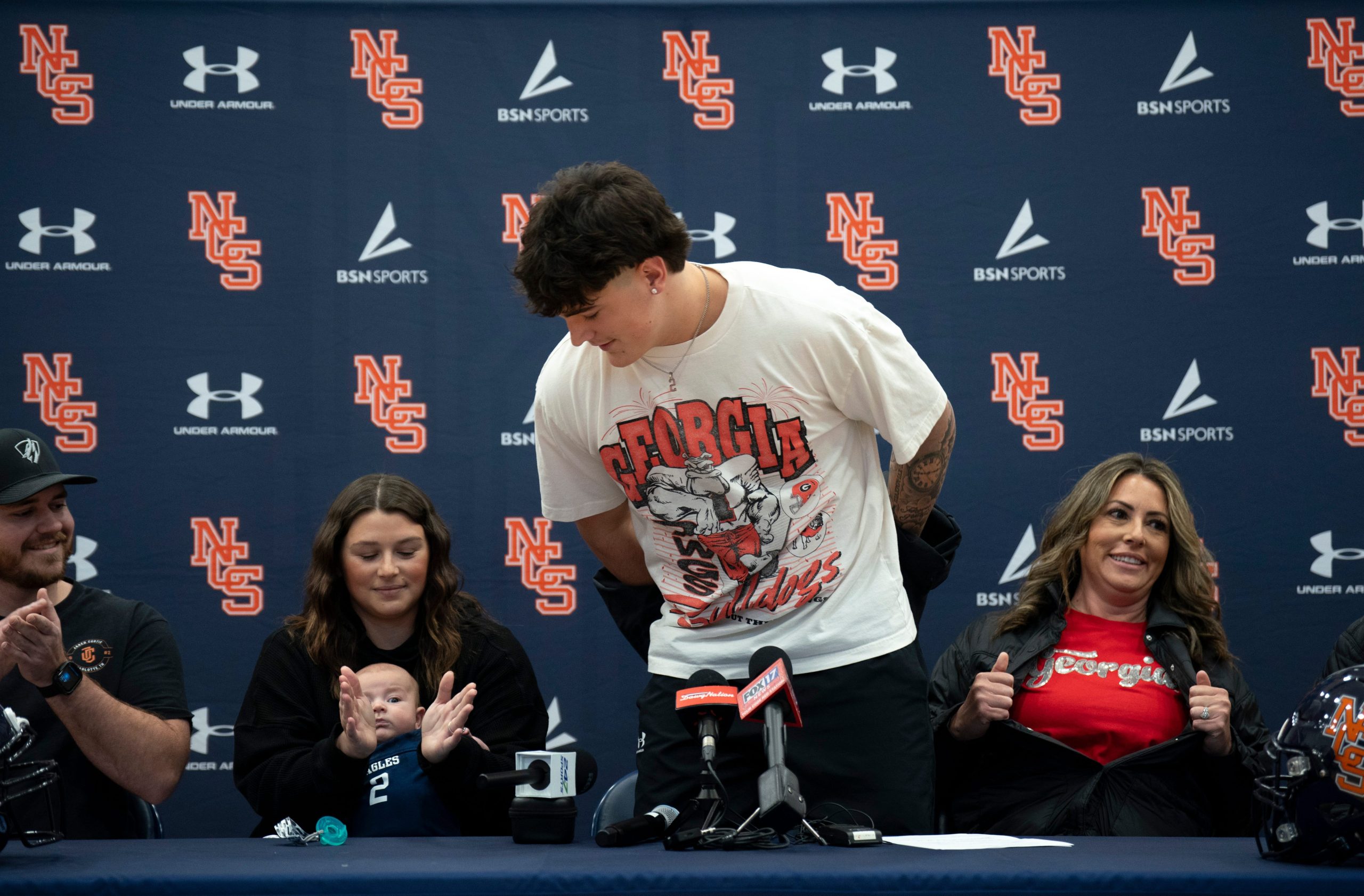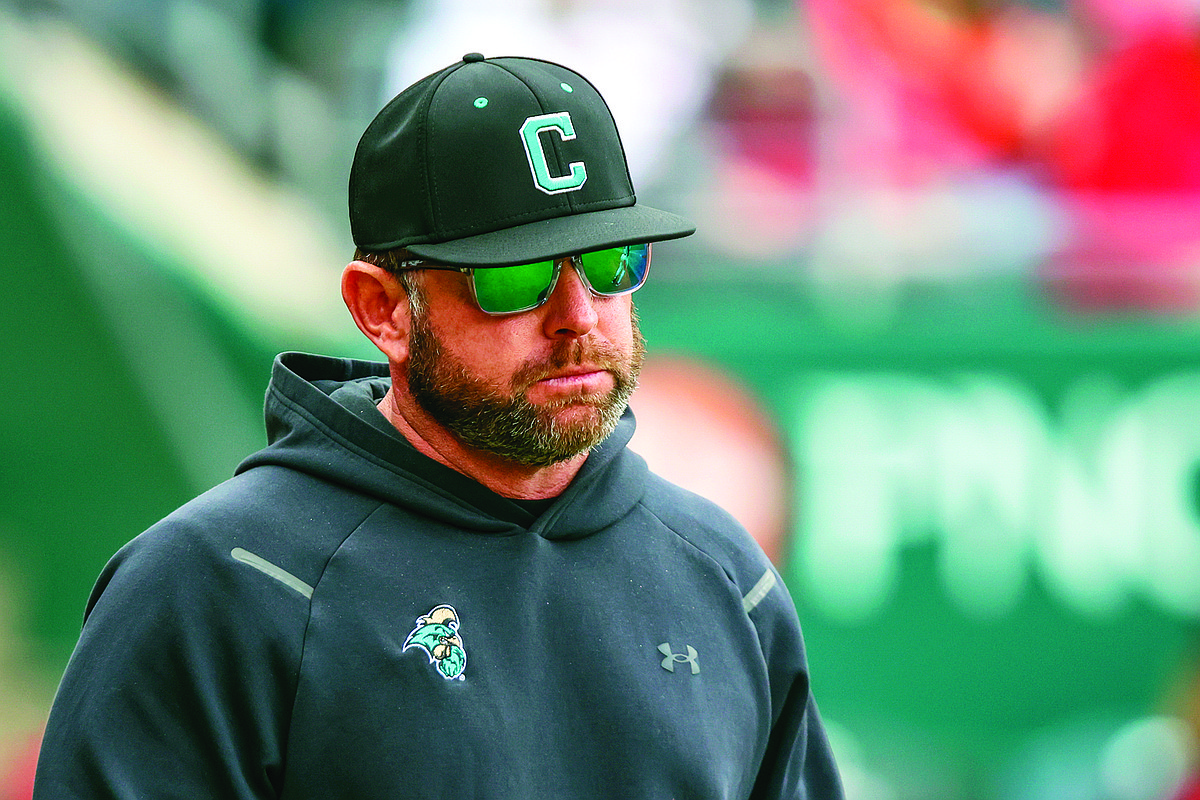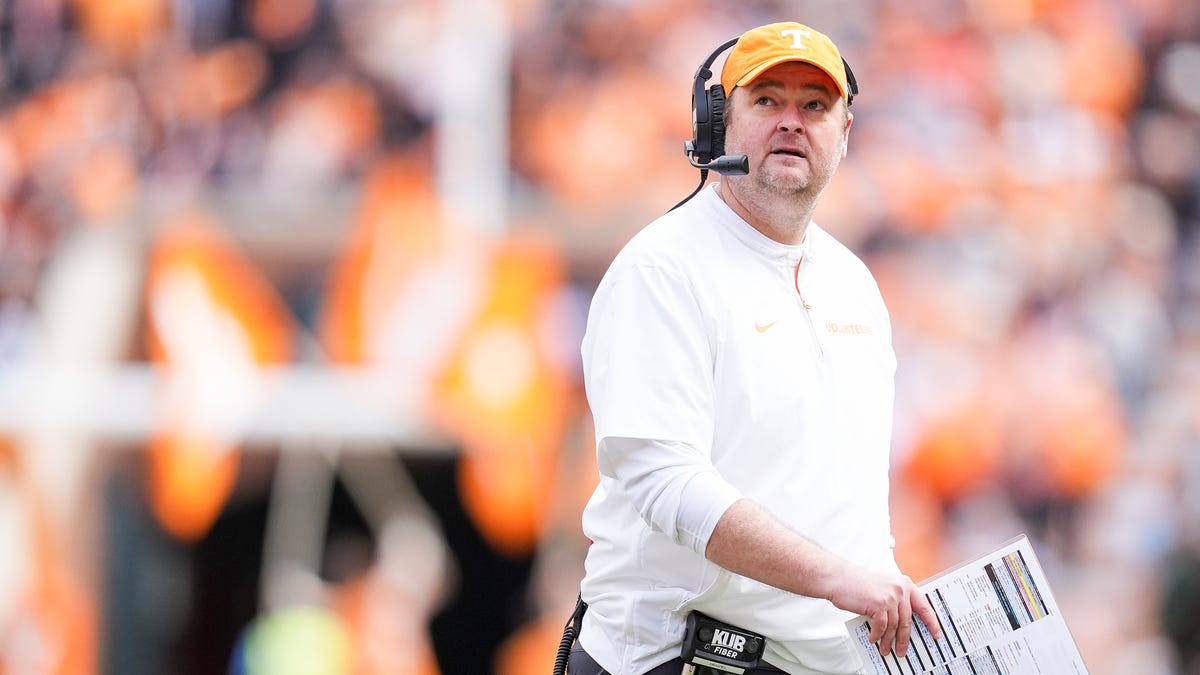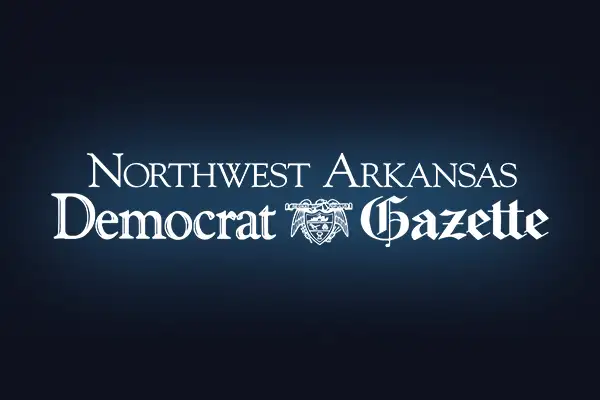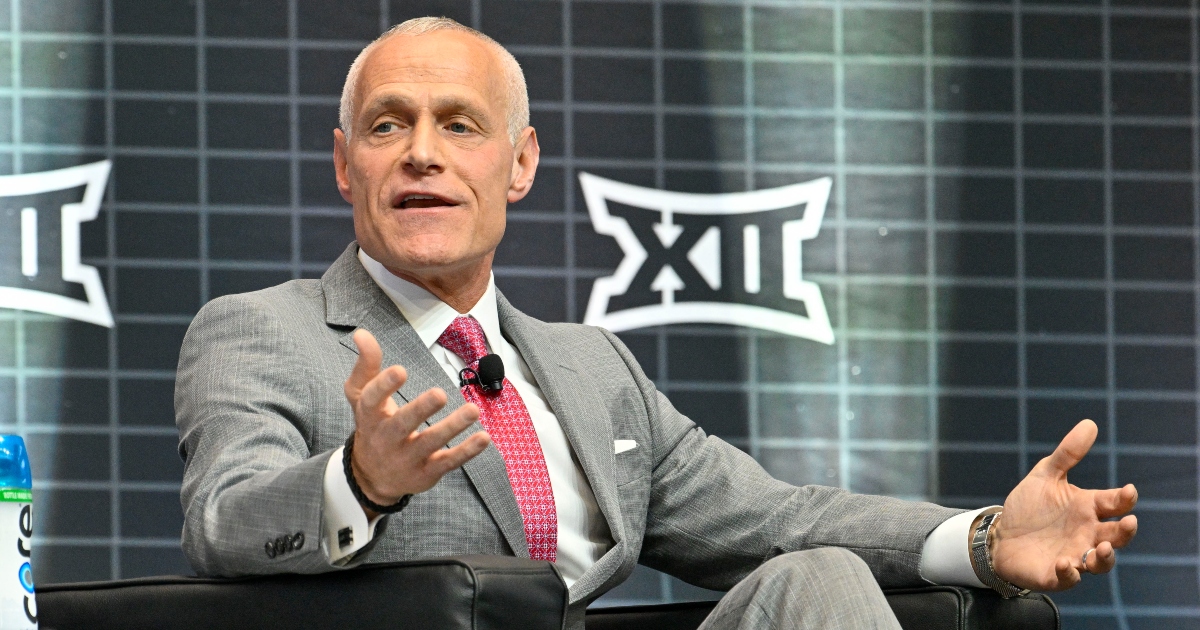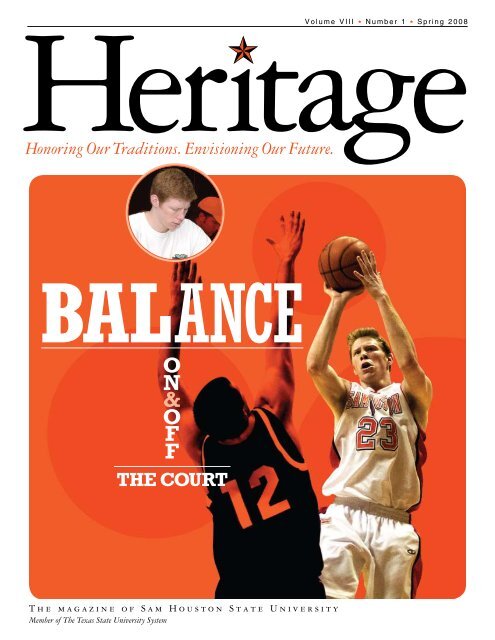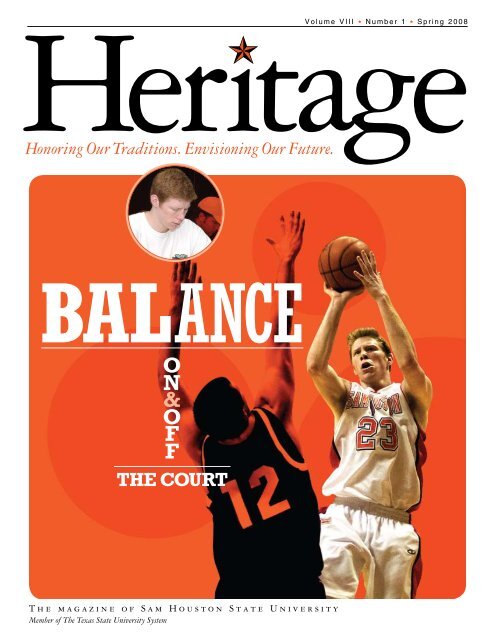
A massive NCAA settlement with student-athletes involves a mechanism for limiting name, image and likeness deals to “fair market value,” which could prove difficult for even the world’s largest accounting firm to reliably measure.
The $2.8 billion House v. NCAA settlement calls for Deloitte LLP to set up a clearinghouse to analyze endorsements, partnerships, and other branding deals to ensure athletes earn a realistic amount for NIL rights, instead of sums inflated by recruiting slush funds run by team boosters. But building a model to assess a deal’s market value will depend on at least some subjective variables, incomplete industry metrics on private contracts, and skewed college athlete data, attorneys say.
Deloitte’s model will estimate an acceptable range for each deal rather than a specific value. But it will still have to draw lines, potentially in gray areas, to determine what NIL deals constitute pay-for-play.
“I think that’s a laudable goal. I don’t think it’s achievable,” said IP and sports attorney Mike Ingersoll of Womble Bond Dickinson. “There’s really no way to divorce a player’s value from their market demand, and their market demand is who wants them at their school.”
Imprecision in Deloitte’s determinations will all but certainly lead to a number of appeals before the College Sports Commission, the body designated administer the settlement’s rules, and after that neutral third-party arbiters. These disputes will add to the array of current lawsuits and follow-on litigation expected to result from the House settlement.
Deloitte and the NCAA referred questions to the CSC.
A member of the CSC Settlement Implementation Committee said the goal isn’t to prevent deals, just “catch the ones that are clearly out of bounds.” He acknowledged a degree of inherent imprecision, but stressed Deloitte’s expertise while noting players wouldn’t be sanctioned unless they went through with a deal despite losing before a neutral arbiter.
Valuing IP isn’t a new concept, the member said.
‘Fake NIL’
Over the last decade-plus, the NCAA has progressively lost efforts to preserve student-athlete amateurism in the multi-billion dollar college sports industry. The Ninth Circuit’s 2015 ruling in O’Bannon v. NCAA affirmed that the NCAA’s NIL prohibitions violated antitrust law, and the 2020 House complaint claimed the NCAA had yet to implement a new policy.
A judge approved the NCAA’s $2.8 billion settlement on June 6, which created a capped revenue sharing model that reaches back to 2016.
Branding deals worth $600 or more will now feed into NIL Go, software built by Deloitte to assess market value. Rejected deals can be reworked or appealed to the CSC, an entity established by major conferences.
The idea is to “get rid of this ‘fake’ NIL” that’s actually just a recruiting offer, sports and IP attorney Philip Sheng of Venable LLP said. The former Stanford University tennis player said the biggest question—one unlikely to ever be answered publicly—will be how Deloitte weighs the various factors that play into an athlete’s marketing value.
“We are in a black box scenario,” Sheng said.
A player’s sport, position, gender, skill, program, conference, and media market, along with the athlete’s particular obligations, impact value, attorneys said. Appearance, personality, social media following, and other attributes also subjectively influence value. Former NFL safety Troy Polamalu’s long flowing hair, for example, enhanced his value as a shampoo spokesman, Sheng said.
Data Limitations
Deloitte’s NIL Go platform will measure deals against what is still an ill-defined market.
While some general endorsement contract data exists, most deals are private, said Ingersoll, a former University of North Carolina football player.
Any existing data specific to college athletes is also contaminated with the recruiting element the NCAA seeks to eliminate. Data for the upcoming season is also obsolete because parties reacted to the proposed settlement announced in January.
“Deals have doubled in value,” Ingersoll said. “Deloitte is going to come in and say ‘that’s not fair market value, that doesn’t reflect the market,’ he said. “It absolutely does.”
But the CSC committee member said Deloitte has data and sophisticated methods to identify the importance of largely objective factors.
‘Honor System’
The deals will be de-identified and provided to the NCAA, which will build a database to give future athletes market insights. The prospect of unpredictable enforcement of nebulous standards could also deter reporting, IP and sports professor John Wolohan of Syracuse University added.
“In some ways it invites more under-the-table deals,” Wolohan said.
The CSC member said some parties will cheat. But the new system, unlike past systems, allow student-athletes to earn money off their persona without punishment unless they flout tribunals’ decisions.
Ingersoll said athletes and collectives may have little incentive to report some deals. Schools and the CSC can’t monitor all of social media or events like autograph signings.
“It’s truly the honor system,” Ingersoll said.
He noted potential reporting loopholes, such as stacking several $599 deals exempt from reporting rules. The settlement allows for anti-circumvention rule changes, but litigation could follow if parties dissent—adding to already inevitable labor, roster limit, and discrimination litigation, Ingersoll said.
“From what I understand, Title IX lawyers already have their complaints drafted,” Ingersoll said. “It’s whack-a-mole. They’ve solved one problem, and a dozen more will pop up. It’s going to be messy.”
Wolohan questioned the need to separate NIL rights and recruiting value when schools will share athletic program revenue with players. That mess ultimately stems from the NCAA failing to recognize core flaws when its amateurism model began to crack.
“They should have done this in 2015, and now it’s just way too late,” he said. “Other students can be recognized as employees, so I’m not sure what the NCAA and the schools’ fear is.”
The CSC member said the court accepted the pro-competitive justification for the restraints. Team resources, even within conferences, vary widely. The entire product would become less valuable for everyone with pay-for-play restrictions, he said.
0

